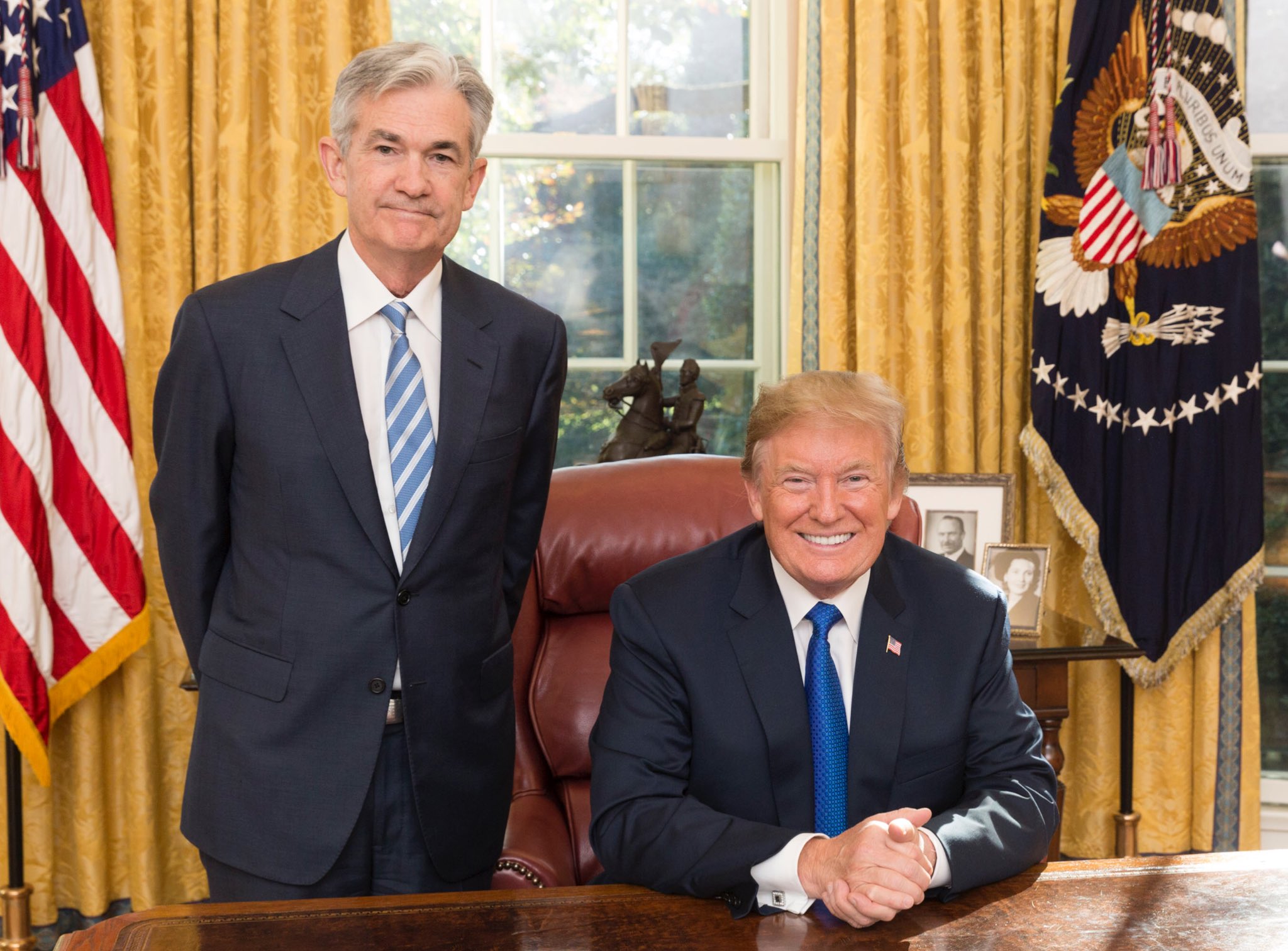Bank of America's (BAC) second-quarter profit dropped as higher deposit costs pushed its interest income lower, but the results beat analysts' estimates, boosted by investment banking and trading. Shares climbed more than 4% after BofA also forecast better-than-expected net interest income (NII) for the fourth quarter. CEO Brian Moynihan cited growth in new consumer checking accounts for the 22nd consecutive quarter in a conference call with analysts. He began the call by wishing former U.S. president Donald Trump a speedy recovery after an assassination attempt on Saturday.
The bank's new interest income target factors in three potential interest rate cuts by the Federal Reserve of 25 basis points in September, November, and December, according to a bank presentation. David Wagner, a portfolio manager at Aptus Capital Advisors, noted that BofA's guidance assumes three cuts, while the market is only pricing in two cuts. Investment banks have brought in more underwriting fees as capital markets resurged, and a resilient U.S. economy has encouraged companies to raise capital by selling stocks and issuing bonds in recent months.
Market Overview:- BofA's profit dropped but beat analysts' estimates.
- Shares climbed over 4% after better-than-expected NII forecast.
- CEO Moynihan cited growth in consumer checking accounts.
- Investment banking fees jumped 29% to $1.6 billion.
- Sales and trading revenue increased 7% to $4.7 billion.
- Wealth and investment management unit saw 10% growth in client balances.
- BofA's NII fell 3% to $13.7 billion in Q2.
- Provisions for credit losses rose to $1.5 billion.
- Executives predict NII to rise to $14.5 billion in Q4.
The second biggest U.S. lender earned $6.9 billion, or 83 cents per share, in the quarter ended June 30, 7% lower than a year earlier but above expectations of 80 cents per share, according to LSEG. Its wealth and investment management unit also fetched 6% higher revenue and saw 10% growth in client balances to a record of more than $4 trillion.
The cost of preventing a deposit outflow has eroded banks' gains from the rising interest they are charging borrowers. Banks are shelling out more on deposits as interest rates are at their highest since 2007, which have boosted returns on bonds, making alternatives such as money market funds more attractive. BofA's NII fell 3% to $13.7 billion in the second quarter. Provisions for credit losses rose to $1.5 billion from $1.1 billion a year earlier. But executives predicted a recovery in the second half. They forecast net interest income would rise to $14.5 billion in the fourth quarter, above LSEG estimates of $14.4 billion, as the bank reprices mortgage and auto loans. The forecast for increased NII solidifies earlier comments signaling that interest income would reach a trough in the fourth quarter, said Stephen Biggar, banking analyst at Argus Research. BofA shares have climbed almost 30% this year, outperforming rivals JPMorgan (JPM) and Wells Fargo (WFC).




